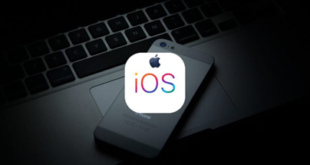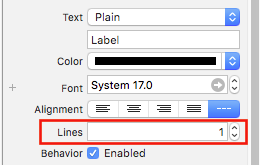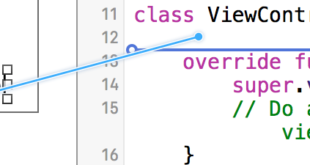Swift
let label = UILabel()
Objective-C
UILabel *label = [[UILabel alloc] init];
or
UILabel *label = [UILabel new]; // convenience method for calling alloc-init“Koronavirüs zamanında teknoloji alanında iş fırsatlarına buradan ulaşabilirsiniz”
Change the default font’s size
Swift
label.font = UIFont.systemFontOfSize(17)Swift 3
label.font = UIFont.systemFont(ofSize: 17)
Objective-C
label.font = [UIFont systemFontOfSize:17];Use a specific font weight
Version ≥ iOS 8.2
Swift
label.font = UIFont.systemFontOfSize(17, weight: UIFontWeightBold)
Swift3
label.font = UIFont.systemFont(ofSize: 17, weight: UIFontWeightBold)
Objective-C
label.font = [UIFont systemFontOfSize:17 weight:UIFontWeightBold];Version < iOS 8.2
Swift
label.font = UIFont.boldSystemFontOfSize(17)
Swift3
label.font = UIFont.boldSystemFont(ofSize: 17)Objective-C
label.font = [UIFont boldSystemFontOfSize:17];Use a Dynamic Type text style.
The font and point size will be based on the user’s preferred reading size.
Swift
label.font = UIFont.preferredFontForTextStyle(UIFontTextStyleBody)
Swift 3
label.font = UIFont.preferredFont(forTextStyle: .body)Objective-C
label.font = [UIFont preferredFontForTextStyle:UIFontTextStyleBody];Use a different font altogether
Swift
label.font = UIFont(name: "Avenir", size: 15)Objective-C
label.font = [UIFont fontWithName:@"Avenir" size:15];Override font size
A way to set the font size without knowing the font family is to use the font property of the UILabel.
Swift
label.font = label.font.fontWithSize(15)Swift 3
label.font = label.font.withSize(15)Objective-C
label.font = [label.font fontWithSize:15]; Sistemciler Sİstem Uzmanları
Sistemciler Sİstem Uzmanları



